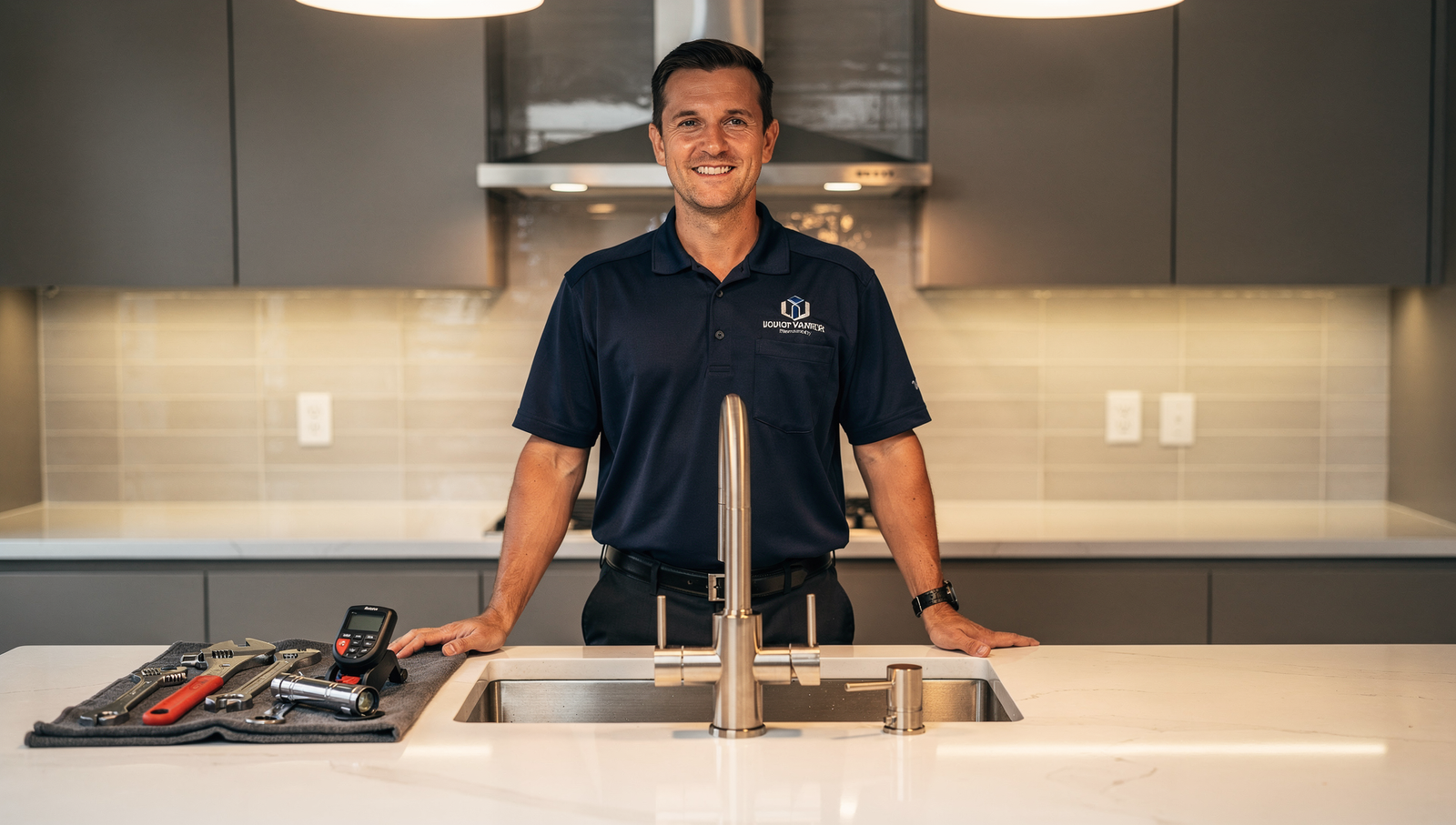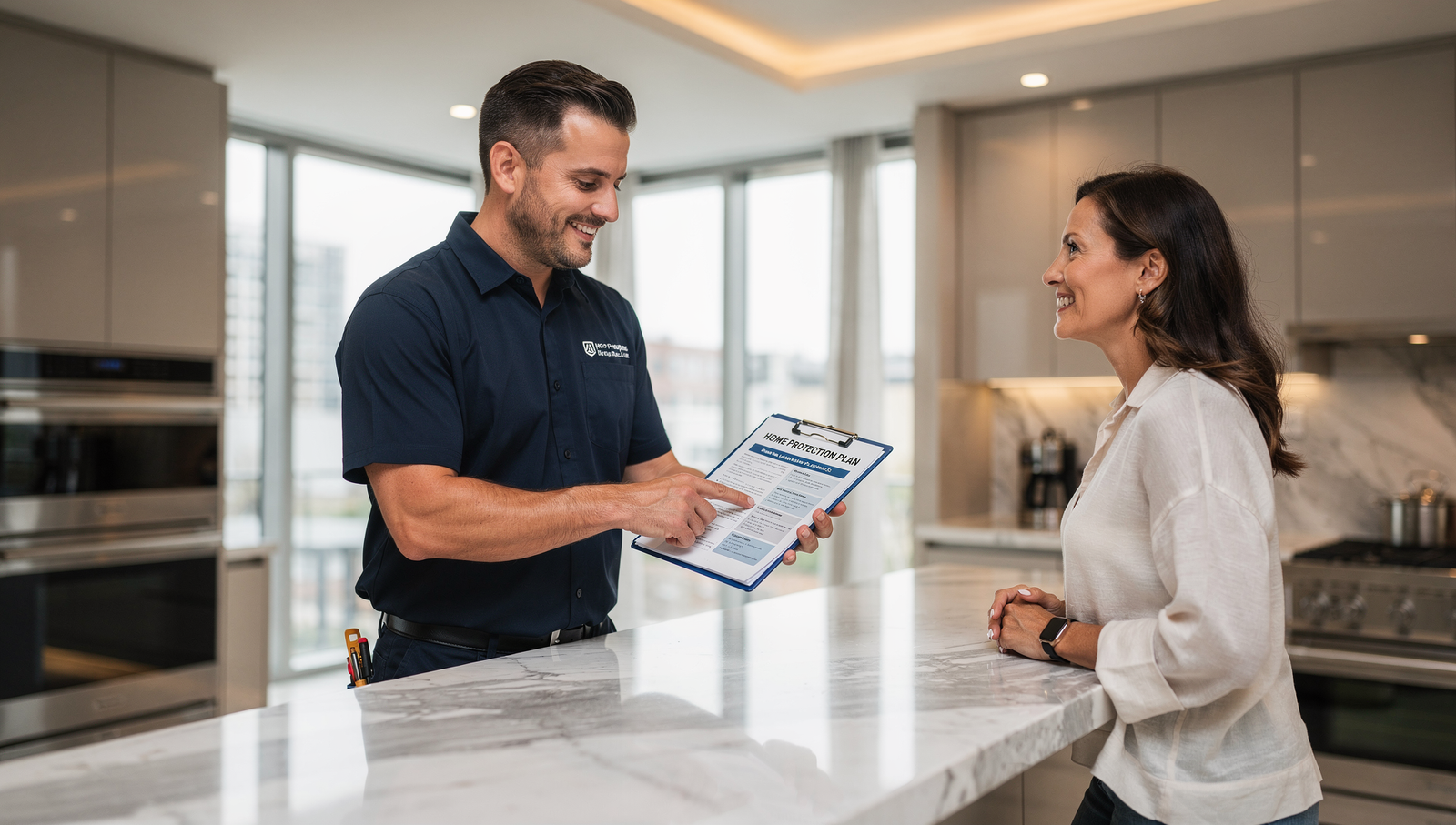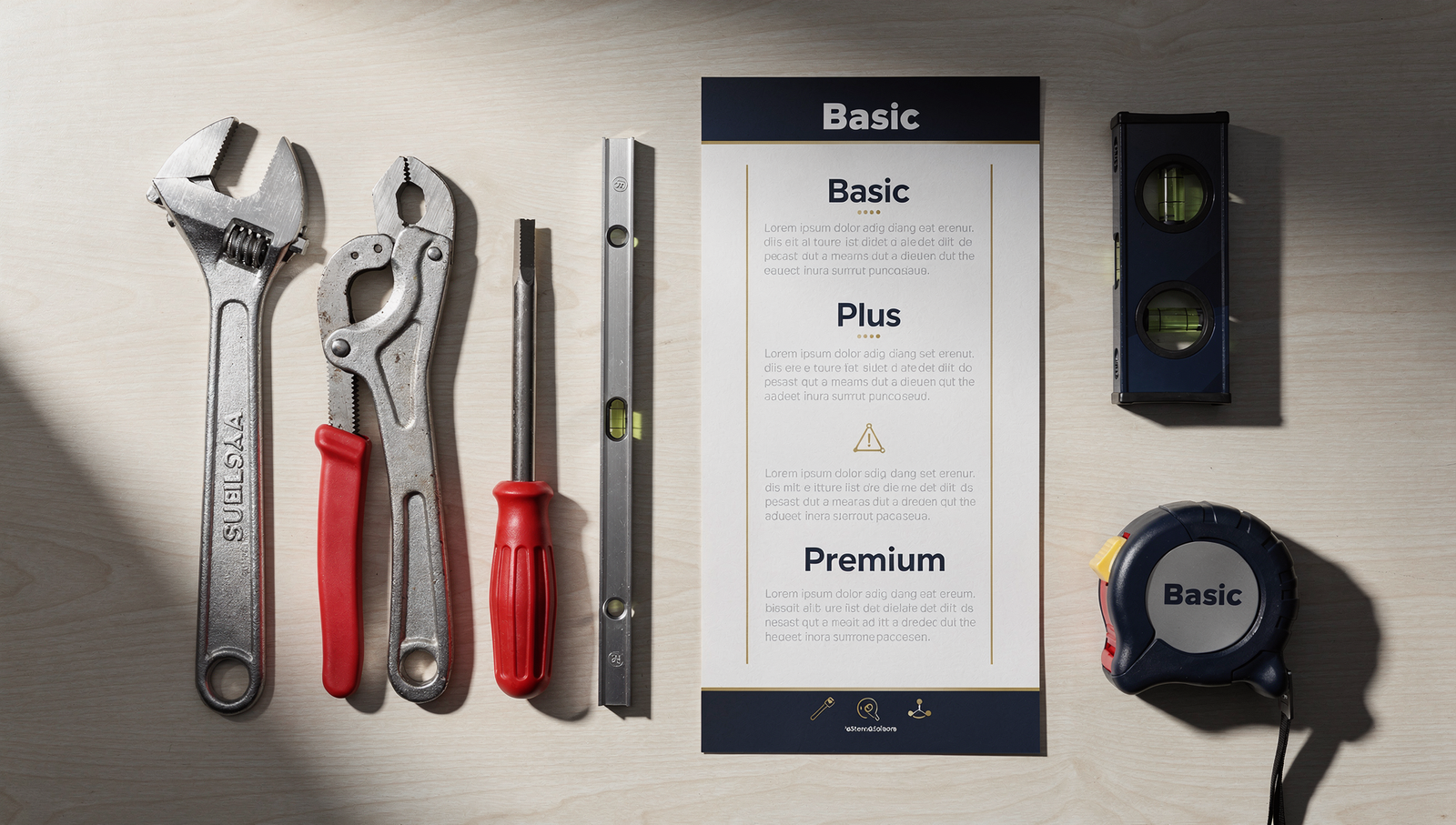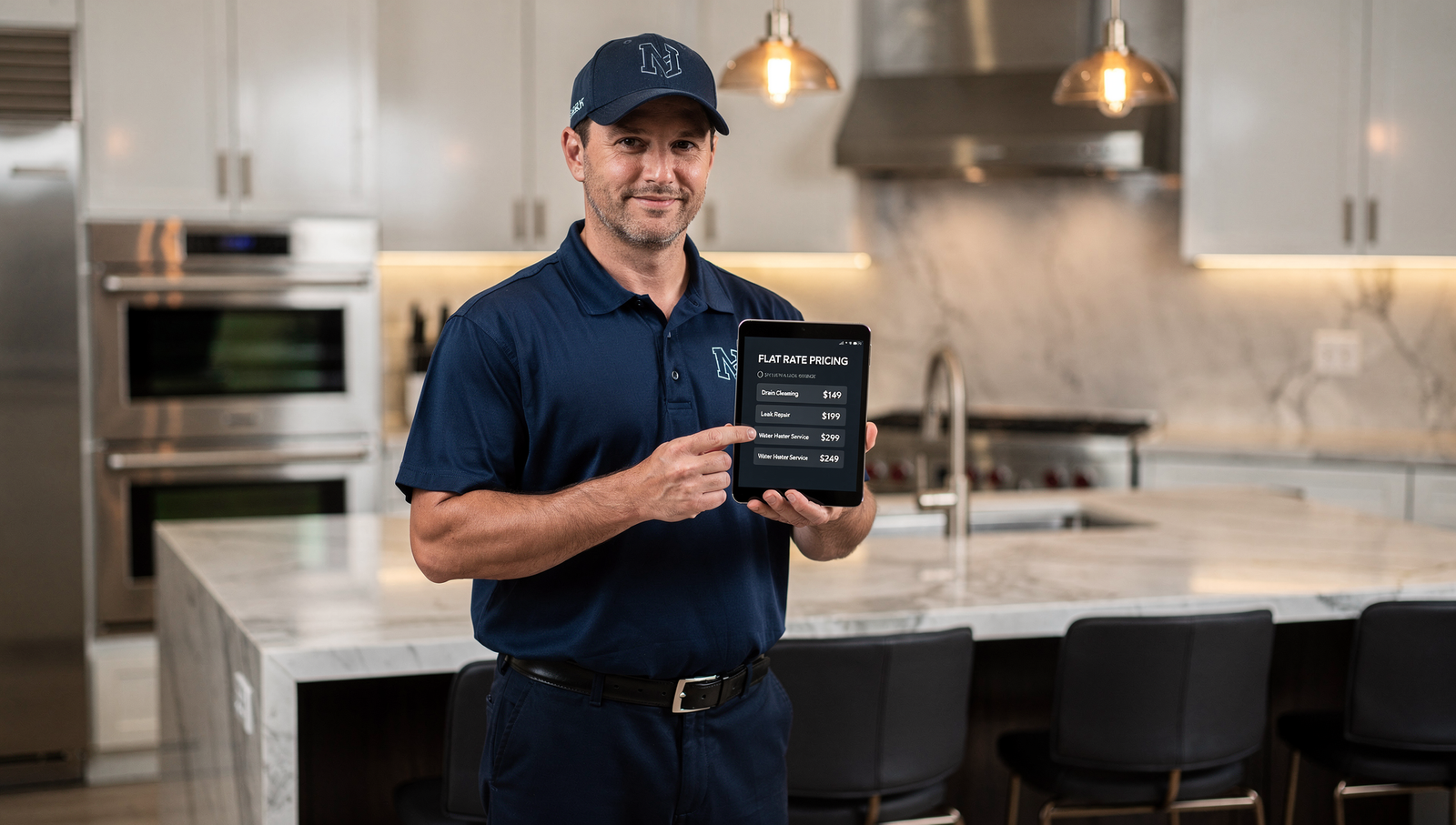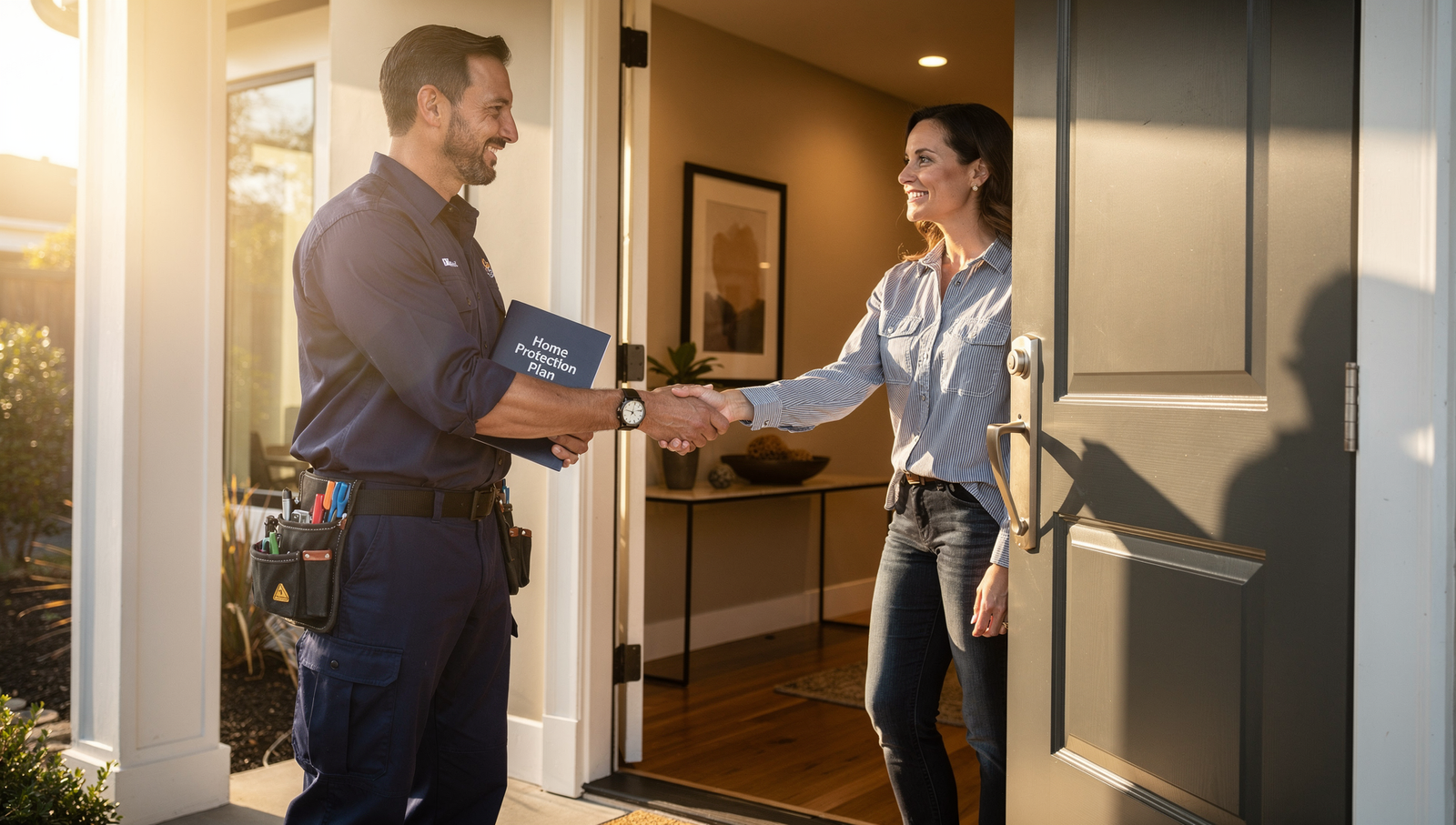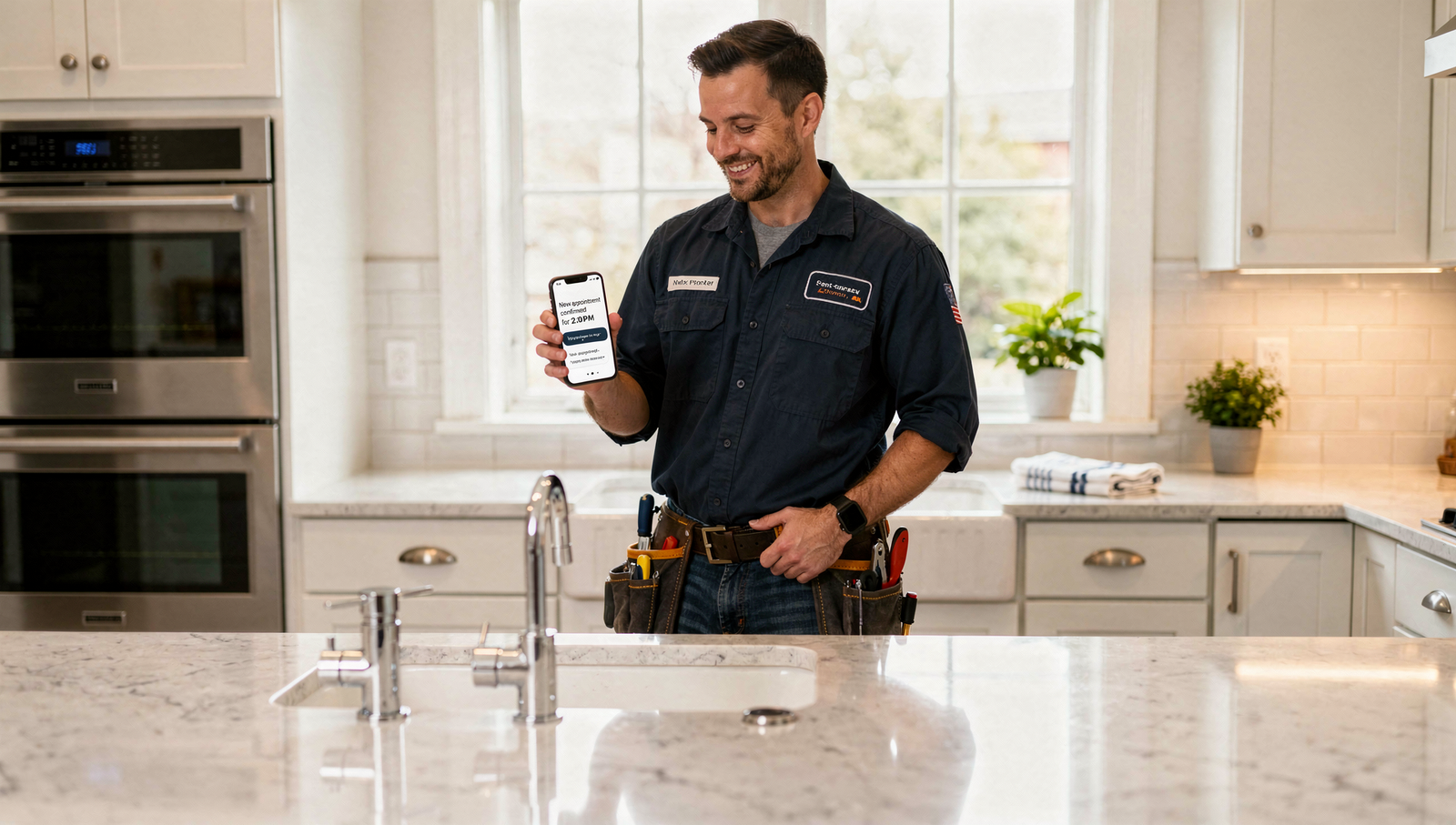Best Homepage Layout for Small Businesses
If you are searching for the best homepage layout for small business, you are already ahead of most owners. Your homepage is a first impression, a guide, and a sales assistant all in one. With the right structure, it can turn “just browsing” into booked calls, purchases, and inquiries.
The best homepage layout for small business
A winning homepage follows a simple journey. It helps visitors understand who you are, what you offer, why you are trusted, and how to take the next step. Below is a proven, section-by-section blueprint we use at Digital Dream Homes.
1. Hero section that answers three questions fast
In the first screen, visitors should understand:
What you do
Who it is for
What to do next
Use a clear headline, one sentence of support text, and a single primary call to action. Add a secondary option for people who are not ready to talk yet.
Real-world example:
Realtor: “Find and list homes in Central West Florida. Local expertise. Real results.” Buttons: Book a free consult and View recent sales.
Bakery: “Custom cakes for life’s best moments. Made fresh daily.” Buttons: Order now and See the gallery.
Pro tip: Include one strong trust signal near the button. Think “500+ 5-star reviews” or a recognizable client logo.
2. Simple navigation and sticky call to action
Keep navigation to five or fewer items. A sticky button like Book a Consult at the top improves conversions because help is always one tap away. On mobile, ensure the menu is thumb-friendly and the button is visible without scrolling.
3. Clarity summary: three benefit pillars
Right below the hero, present three short benefits in a row. Keep them scannable with a simple icon and one sentence each.
Examples:
Faster service
Transparent pricing
Local expertise
This is not a feature list. It is a value list in the customer’s language.
4. Social proof that lowers risk
People believe other people. Add:
Review stars with a short quote
Before and after photos if relevant
Logos of media features or clients
If you have many reviews, pull a few that highlight common objections. For example, a buyer worried about slow response times will love reading a review about your same-day turnaround.
5. Product or service overview that connects to outcomes
Show your core offerings in a simple grid. Each tile should include:
What it is
Who it is for
The outcome they get
A learn more link to a dedicated page
Example tiles:
Listing Services for homeowners who want top dollar
Buyer Representation for families moving to a new area
Home Staging to sell faster and look premium
Service pages can dive deeper, but your homepage should preview outcomes in plain English.
6. Proof in numbers with a mini case study
A small results block builds credibility. Keep it short and specific.
For instance:
“Local bakery increased online orders by 41 percent after adding click-to-order on mobile.”
“Agent closed three listings in 30 days after adding a clear seller CTA and review section.”
Studies consistently show that clearer pages and faster load times increase conversions. Google’s Core Web Vitals focus on LCP, INP, and CLS, which tells you speed and stability matter to both users and search engines.
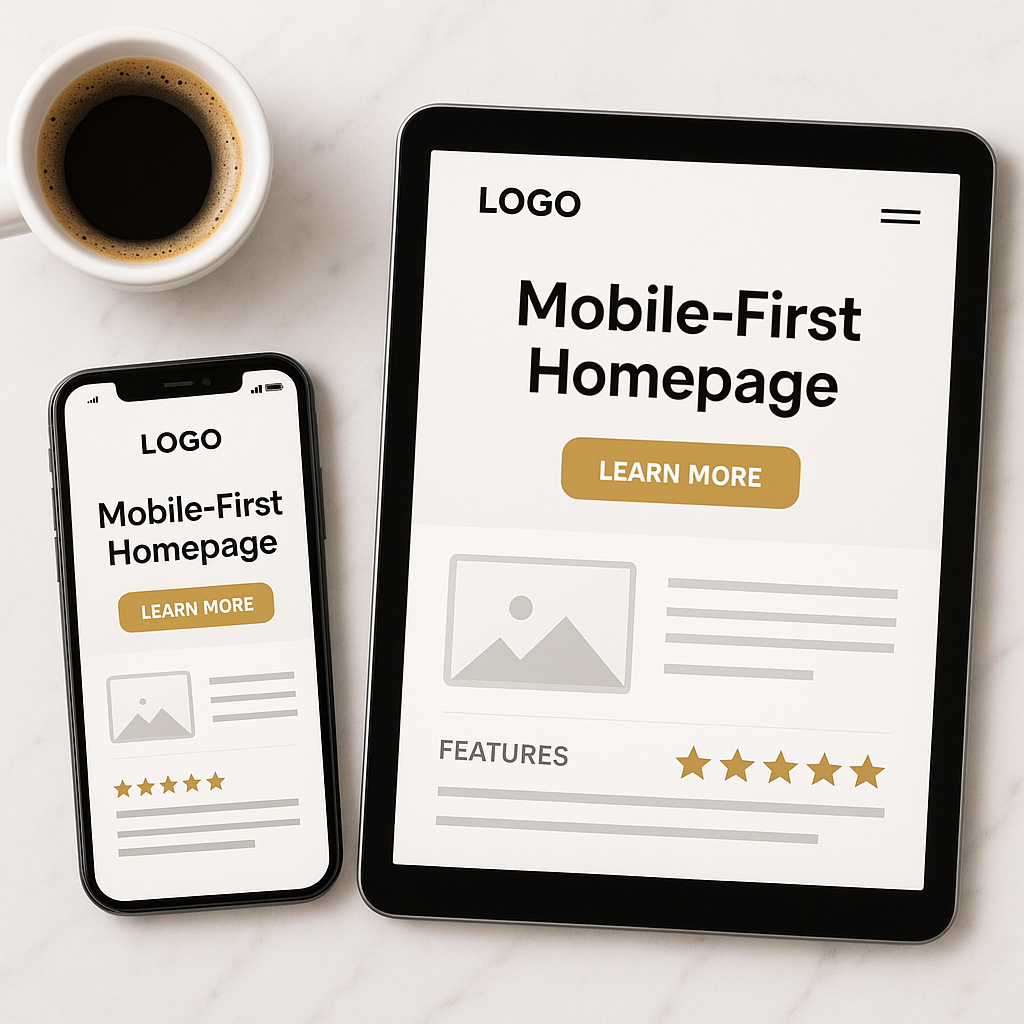
7. How it works in three steps
Make the next step feel easy with a simple process:
Schedule a free consult
Get a tailored plan
Launch and grow
Add a short line below each step to explain what happens and how long it takes. Reducing uncertainty boosts conversions.
8. Frequently asked questions to remove doubt
Pick five to seven questions that repeatedly block sales. Keep answers short.
Good starters:
How soon can I start?
What is included in your packages?
Do you offer month-to-month?
Can you work with my budget?
Answer in conversational language and link to deeper pages when helpful.
9. Final call to action with a safety net
End with a strong, friendly CTA. Offer a primary and a secondary next step:
Book your free consultation
Download our homepage checklist
The second option captures leads not ready to talk today.
Anatomy of a high-converting homepage
Use this quick checklist to keep your page clean and effective.
Above the fold
Clear headline that says what you do and for whom
One primary CTA button
A quick trust cue, like review stars or “Serving Tampa since 2015”
Mid page
Three benefit pillars
Reviews and logos
Service overview cards with outcomes
Short case study with numbers
Lower page
Three-step process
FAQ block
Final CTA and a lead magnet
Design rules that make the layout work
Great structure needs great presentation. Follow these design guidelines:
Whitespace wins. Give each section room to breathe so visitors can scan on mobile.
One main color plus a single accent for buttons. Consistency builds brand memory.
Readable typography. Use a large, bold headline font and a clean body font.
Mobile first. Design for the smallest screen, then scale up.
Speed matters. Compress images, lazy-load below-the-fold media, and keep scripts lean.
Accessibility. Aim for strong contrast, legible sizes, and descriptive alt text.
Content tips that turn layout into leads
Even the best layout fails without clear copy. Keep content human and outcome-focused.
Write in you language, not we language.
Replace features with benefits.
Use action verbs in buttons.
Show specifics. Numbers beat adjectives.
Keep paragraphs to 2–4 sentences.
Examples from the field
A few real-world scenarios show how this layout adapts across industries.
Realtor
Hero: “Sell for top dollar with a local expert.”
Pillars: Pricing strategy, digital marketing, negotiation.
Proof: Recent sale prices and time on market.
Process: Consult, prep and launch, close.Home service company
Hero: “Same-day AC repair by certified techs.”
Proof: 1,200 reviews and local awards.
Process: Book online, diagnostic visit, transparent quote.Boutique bakery
Hero: “Custom cakes made to order.”
CTA: Order now.
Proof: Instagram gallery and testimonials.
Process: Design consult, bake, pickup or delivery.
Smart internal resources to go deeper
If you want to refine each section, these guides will help:
These posts expand on design choices, copywriting, and common pitfalls, and they pair perfectly with this homepage framework.
Final thoughts and next step
The best homepage layout for small business guides visitors from curiosity to confidence. Keep it simple, make it scannable, and focus on outcomes your clients care about. If you want a homepage that looks luxury, loads fast, and converts consistently, book a free consultation with Digital Dream Homes and we will build it with you.
Other Posts About Small Business Websites You Might Like…
- Small Business Website Design Tips for Small Business Owners
- How to Create a Professional Website for Your Small Business
- Common Small Business Website Mistakes That Are Costing You Customers
- Best Homepage Layout for Small Businesses
- Website Conversion Tips for Small Business: How to Make Your Website Convert Visitors into Clients
- How to Make Small Business Website Look Professional: Simple Design Tweaks That Boost Small Business Credibility
- Best Website Colors For Small Business Branding: How to Choose the Right Colors for Your Brand
- Why Small Business Websites Fail: Why Your Website Isn’t Bringing in Leads
- Mobile Friendly Website Tips For Small Business: Mobile Optimization Tips for Local Business Websites
- Contact Page Optimization for Small Business: How to Create a “Contact Us” Page That Actually Gets Results
Matt Pieczarka
Want a Free Website Audit?
Fill out your information below and we will send you a personal screen share video of tips on how to make your actual website better!
7 Storytelling Plays That Turn Plumbing Websites Into Lead Machines
7 Storytelling Plays That Turn Plumbing Websites Into Lead Machines Facebook X LinkedIn Threads Email The tricks learned in this video and blog post have gotten one of our clients
9 Plumbing Company Branding Strategies That Get More Calls
9 Plumbing Company Branding Strategies That Get More Calls Facebook X LinkedIn Threads Email The tricks learned in this video and blog post will help you get your brand to as many
7 Plumbing Membership Plans Benefits That Boost Profit
7 Plumbing Membership Plans Benefits That Boost Profit Facebook X LinkedIn Threads Email The tricks learned in this blog post have increased recurring revenue for one of our plumbi
7 Plumbing Services Pricing Tiers That Sell Like Crazy
7 Plumbing Services Pricing Tiers That Sell Like Crazy Facebook X LinkedIn Threads Email The tricks learned in this video and blog post have gotten one of our clients an average of
7 Plumbing Service Pricing Strategies To Boost Profit
7 Plumbing Service Pricing Strategies To Boost Profit Facebook X LinkedIn Threads Email The tricks learned in this video and blog post have gotten one of our clients an average of
7 Plumbing Maintenance Agreement Strategies That Drive Revenue
7 Plumbing Maintenance Agreement Strategies That Drive Revenue Facebook X LinkedIn Threads Email Most plumbers leave recurring revenue on the table. These maintenance agreement str
AI Tools for Plumbing Businesses That Book Jobs 24/7
AI Tools for Plumbing Businesses That Book Jobs 24/7 Facebook X LinkedIn Threads Email The AI tricks learned in this blog post have gotten one of our plumber clients an average of
Hiring Plumbers And Onboarding Program For Rockstar Crew Growth
Hiring Plumbers And Onboarding Program For Rockstar Crew Growth Facebook X LinkedIn Threads Email The strategies in this blog post helped one of our plumbing clients cut onboarding
7 SMART Goals For Plumbing Growth In 90 Days
7 SMART Goals For Plumbing Growth In 90 Days Facebook X LinkedIn Threads Email The strategies in this blog post helped one of our clients get organized and grow his plumbing busine

